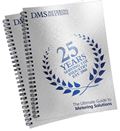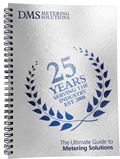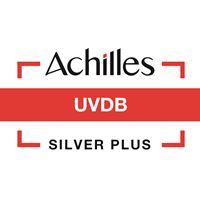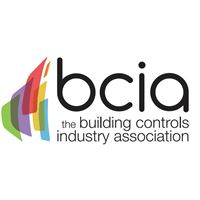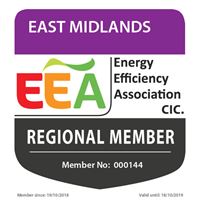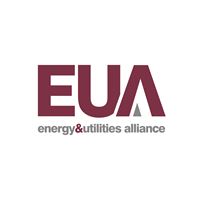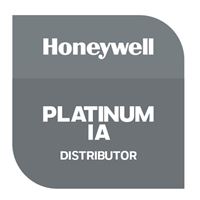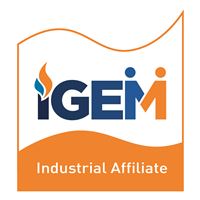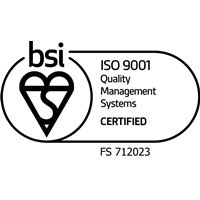Benefits of using Superstatic Vs Mechanical Metering
Benefits of using Superstatic vs Mechanical
Ever wondered which metering technology to choose from? Do you want to know the difference between Superstatic and Mechanical? We have the answer and of course, we recommend Superstatic!
But when considering which path to go down, it helps to touch on the following points, including: meeting specific approvals and capabilities such as Glycol approval and remote reading functionality as well as class 2 or 3 MID. Its also worth taking into consideration how long the meter is required for and if its important to avoid regular maintenance.
Superstatic advantages include:
· No moving parts, long term stable measurement
· No affect from pressure impacts and/or particles within the flow
· Low maintenance cost- common spare parts for all sizes
· Medium- independent measurement possible (glycol tolerant up to 75%)
· For recalibration the measuring head only can be exchanged
· Complete flow range of 1- 1500m3/h & wide range of communication options
Did you know?
While Mechanical heat meters may initially present a lower cost for non-domestic applications, they are not ideal for setups intended for future billing or integration with RHI biomass or heat pump systems. DMS Metering Solutions favourite the Superstatic heat meters as they offer superior long-term reliability within heating and cooling systems. Their versatility in handling heating, cooling, and combined systems with a single model simplifies installation and management, reducing the risk of mixing meters on-site. Additionally, their compatibility with glycol up to 75% makes them a robust choice for various applications, ensuring consistent performance and ease of use with necessary software adjustments. Therefore, Superstatic heat meters represent a more sustainable and efficient solution compared to mechanical options, particularly for non-domestic use and advanced energy systems.
Are you RHI compliant?
As you may be aware, in order to carry on receiving your RHI (Renewable Heat Incentive) payments, you must comply with the guidance set out by OFGEM.
Reference- Ofgem.gov.uk
“You must maintain your equipment and periodically check that all meters and steam measuring equipment for any errors. You must also ensure all meters and steam measuring equipment are located in accordance with any conditions of your accreditation. You must keep a record of your maintenance schedule and retain service receipts.
Be advised that all meters and steam measuring equipment must be re-calibrated or replaced in line with manufacturer instructions or every 10 years, whichever date is sooner. Full information on equipment maintenance and recalibration can be found in chapter 7 of our Guidance Volume 2: Ongoing obligations and payment.”
DMS offer impartial advice on the most cost-effective method to renew your payments. With access to a wide range of suppliers and being the UK exclusive distributor of the Sontex range we are confident that we can provide a solution for all RHI applications, the same as we led the way back in 2014.
View the range of heating and cooling meters here
 Training (Lunch & Learn)
Training (Lunch & Learn)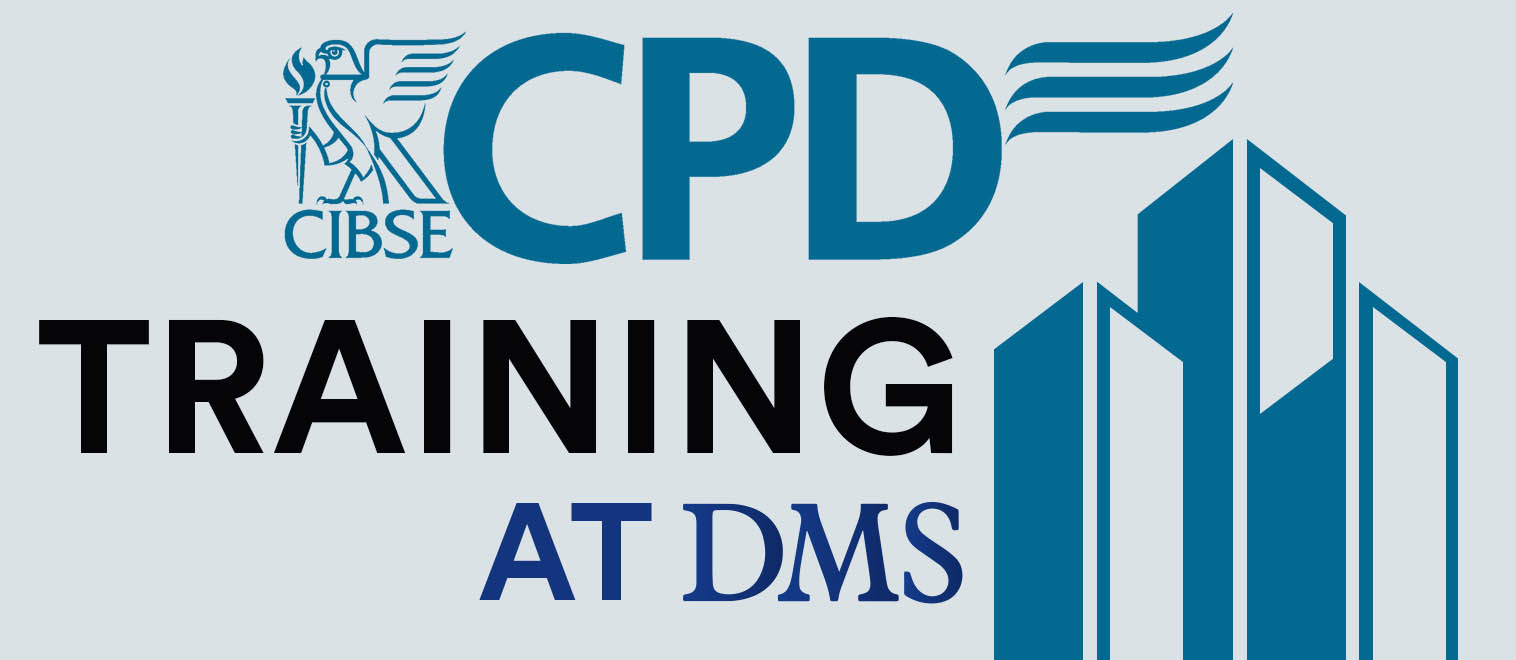 CPD Training
CPD Training



















